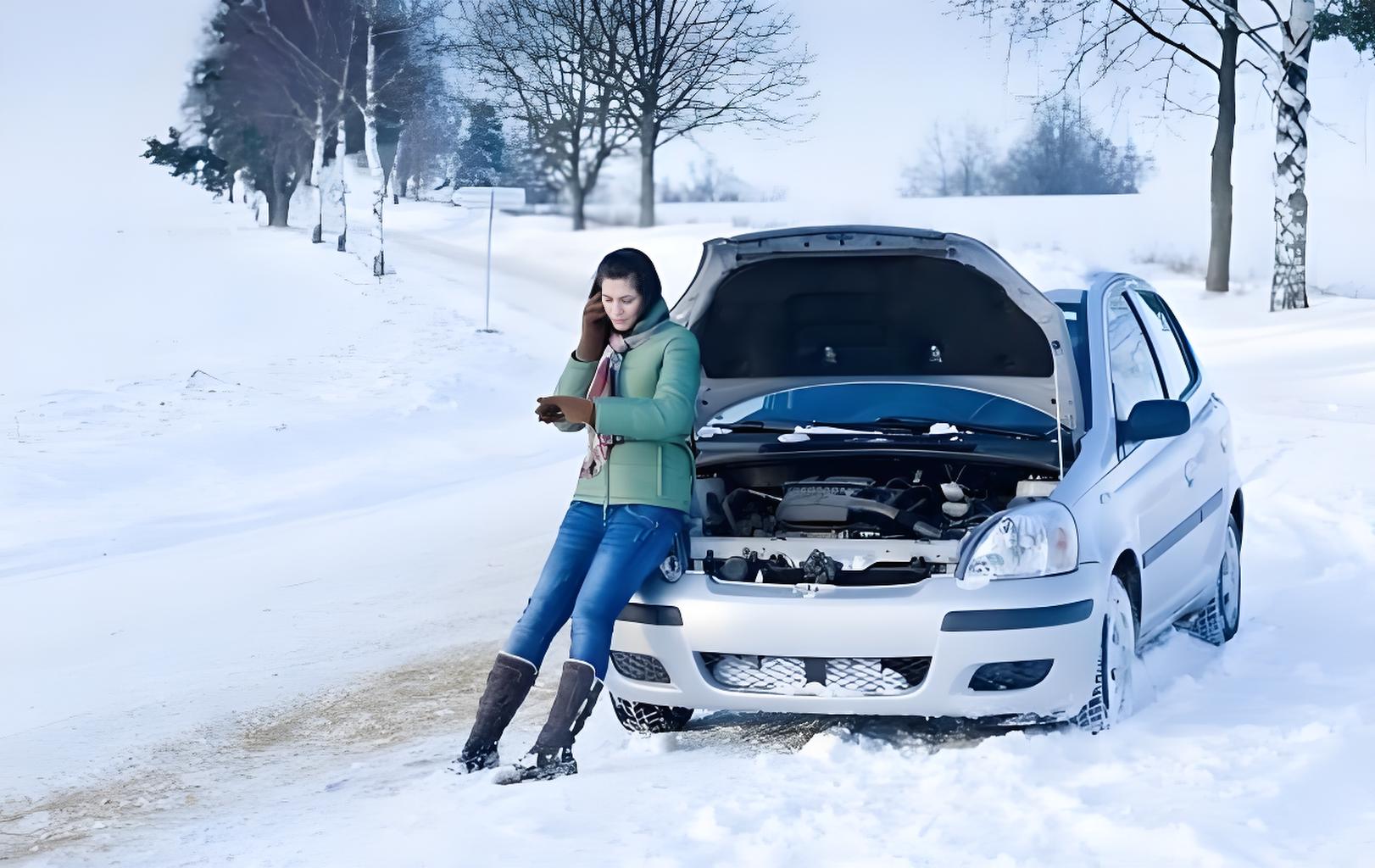Blog
How Many Cold Cranking Amps (CCA) Do You Really Need in Cold Weather?
2025-07-23 | Eric

Waking up on a chilly winter morning only to find your car won’t start? Ugh, frustrating, right? Especially when you're in a rush to get to work or that important meeting. If you've ever been in that situation, chances are your battery's Cold Cranking Amps (CCA) weren’t up to the task.
But what exactly are cold cranking amps? Is a higher CCA always better? And how can you pick the right one for your vehicle?
Don’t worry—we’ve got you covered. This guide breaks it all down in simple, everyday language. We’ll explain what CCA is, how cold weather affects your battery, and how many cold cranking amps you actually need. Plus, we’ll walk you through how to choose the right battery for your climate and vehicle type.
What Are Cold Cranking Amps (CCA)?
Cold Cranking Amps, or CCA, refer to the amount of current (in amps) a car battery can deliver for 30 seconds at 0°F (-18°C) while maintaining a minimum voltage of 7.2V.
In plain English: It’s how much starting power your battery can provide in freezing conditions. The higher the CCA, the better chance your engine has of starting in the cold.
Why is this important? Because batteries hate cold weather. The chemical reactions that generate power inside the battery slow down when it gets cold, and your engine oil thickens—making it harder for the engine to turn over. That’s when CCA becomes crucial.
How Cold Weather Affects Car Batteries
Cold weather and car batteries are natural enemies. Here's why:
- Sluggish chemical reactions: Battery power comes from chemical activity. In cold conditions, those reactions slow down.
- Thicker engine oil: Cold makes oil viscous, which increases resistance and makes your engine harder to turn.
- Diesel engines struggle more: Diesel fuel can gel in the cold, which requires more energy to ignite and crank.
Here's a quick temperature breakdown:
| Temperature | Battery Performance |
|---|---|
| 80°F / 26.7°C | Optimal |
| 32°F / 0°C | ~80% capacity |
| -22°F / -30°C | ~50% capacity |
That means a battery that normally performs well may fail completely in cold temperatures if the CCA isn’t high enough.
How Many Cold Cranking Amps Do You Need?
Your required CCA depends on three key things:
1. Vehicle type
Larger vehicles need more power to start. A compact car doesn’t need as much as a full-size SUV or truck.
2. Engine size & type
Engines with more cylinders or diesel engines generally require higher CCA:
- Gasoline engine: ~1 CCA per cubic inch of engine displacement
- Diesel engine: ~2 CCAs per cubic inch
3. Climate
If you live somewhere that drops below freezing regularly, you’ll want a higher CCA battery than someone living in warmer regions.
General CCA Guidelines (By Vehicle Type):
| Vehicle Type | Recommended CCA |
|---|---|
| Small cars (4-cylinder) | 350–400 CCA |
| Mid-size sedans | 400–600 CCA |
| SUVs and trucks | 600–900+ CCA |
| Diesel trucks | 800+ CCA |
What If You’re Buying a Used Car?
Don’t assume the battery that came with a second-hand vehicle is the right one. Previous owners may have installed a cheaper, lower-CCA battery.
Check:
- The label on the battery
- Your car’s manual or manufacturer site
- Replace it if the specs don’t match your climate needs
Factors That Affect CCA Requirements
- Battery Age: Older batteries lose performance. Even if CCA was once enough, it may no longer be.
- Battery Type: AGM batteries often offer higher CCAs than standard flooded ones.
- Climate Zone: Colder zones need batteries with higher CCAs for reliability.
How Do Manufacturers Measure CCA?
According to the Society of Automotive Engineers (SAE):
- Batteries are chilled to 0°F (-17.8°C)
- Must deliver rated amps for 30 seconds
- Voltage must stay above 7.2V
European manufacturers often use the stricter EN standard, which results in lower listed ratings.
How to Choose the Right Battery
- Check your owner’s manual
- Look at your current battery’s label
- Account for your climate zone
- Choose a reputable brand
Do Higher Cold Cranking Amps Always Mean Better?
Not always. It depends on your use case:
✔️ Higher CCA is better when:
- You live in cold weather zones
- You drive a diesel or large engine vehicle
- You use lots of electronics or accessories
❌ CCA isn’t as important when:
- You live in warm climates
- Your vehicle is small and light-duty
- You’re using a deep-cycle battery (e.g. RVs, solar storage)
✅ Final Thoughts: How Many CCAs Do You Need?
Match your battery’s CCA rating to your car’s engine size and expected climate conditions. When in doubt, go a little higher—especially if it gets freezing where you live.
Looking for the right battery for your car?
- Check your manual for specs
- Consider your climate
- Choose a trusted brand
- Let a pro handle the installation if needed
👉 Contact us or browse our battery selection to get started!
FAQs
Q: Is a higher CCA battery better?
A: Yes—for cold climates. It ensures your vehicle starts even in freezing temperatures.
Q: Is 800 CCA too much for a small car?
A: Not really. It won’t damage the car but might be more than you need unless it’s extremely cold.
Q: How many CCAs does a V8 need?
A: Typically 600–800 CCA, depending on climate and displacement.
Q: Can I use a battery with lower CCA than recommended?
A: Not advised. Your engine may not start reliably in winter, and the battery life will suffer.
Popular Articles
Contact Details
Worktime :Monday to Friday 9am - 6pm (HKT)
WhatsApp/Wechat/Mobile :+86XXXXX
Email : info@lifepo4cellstore.com
